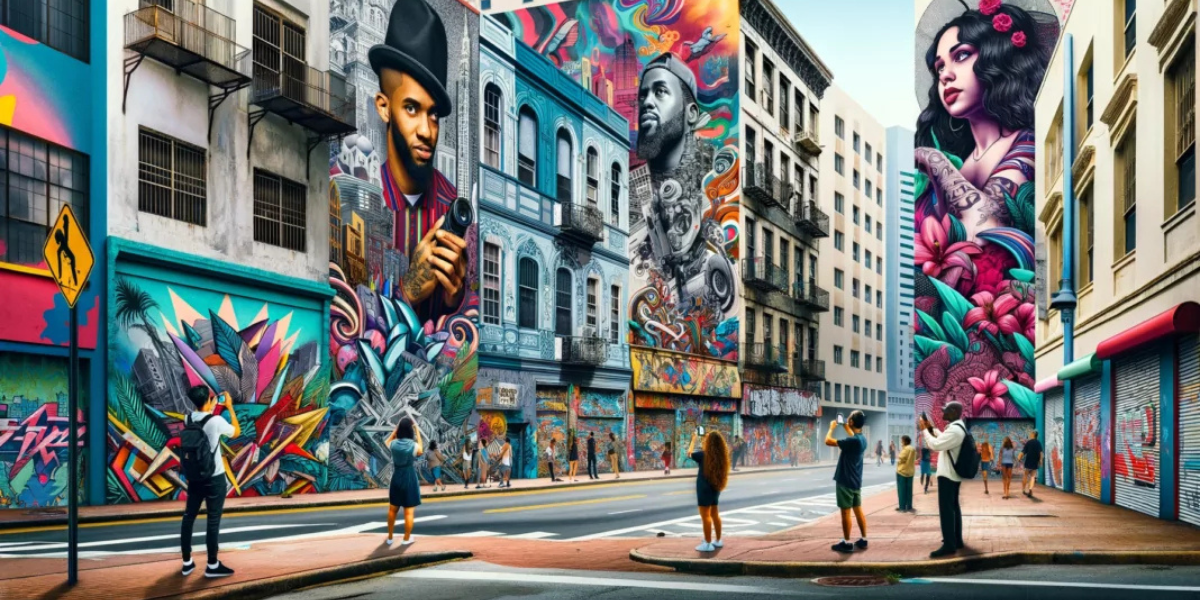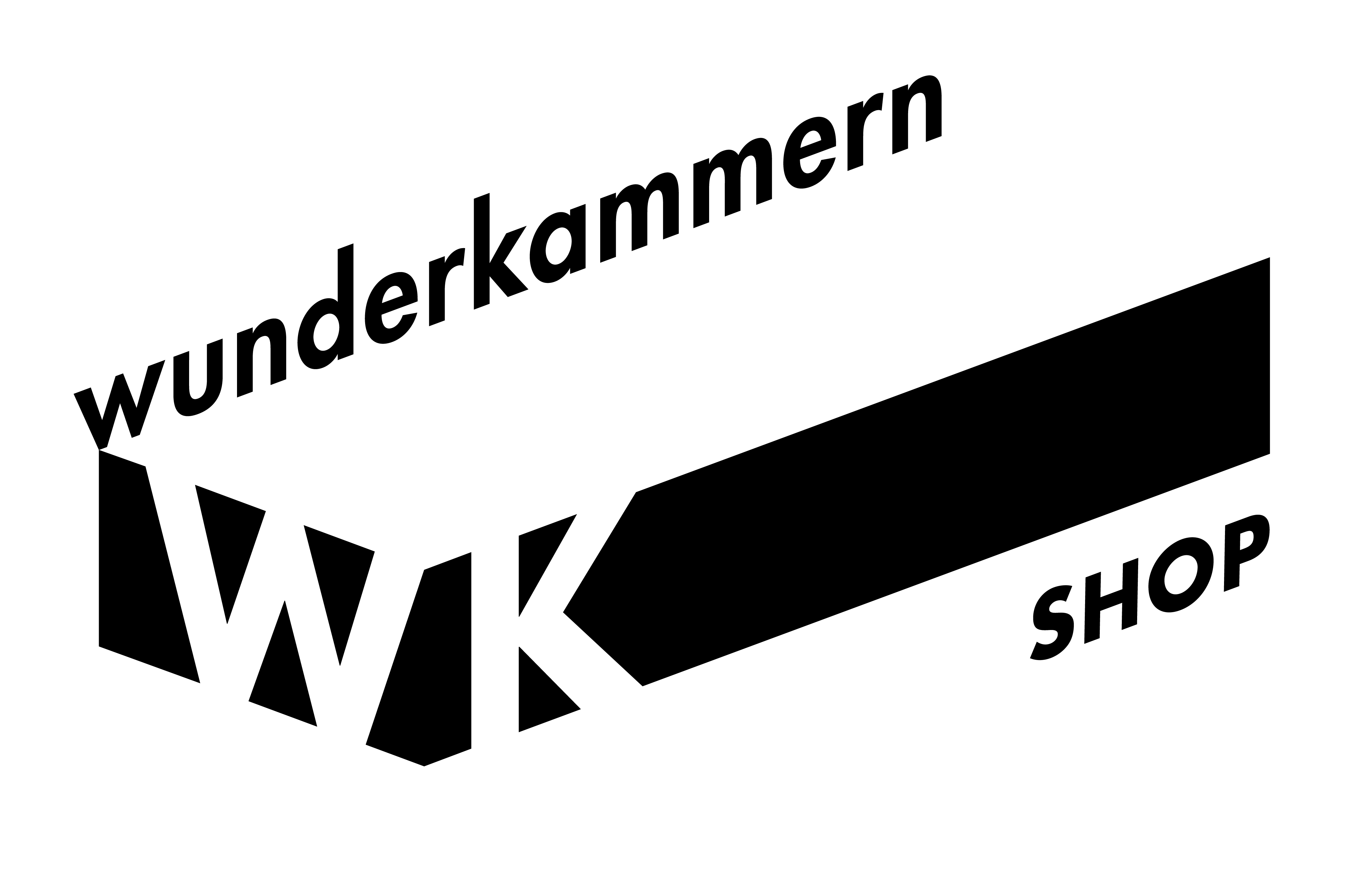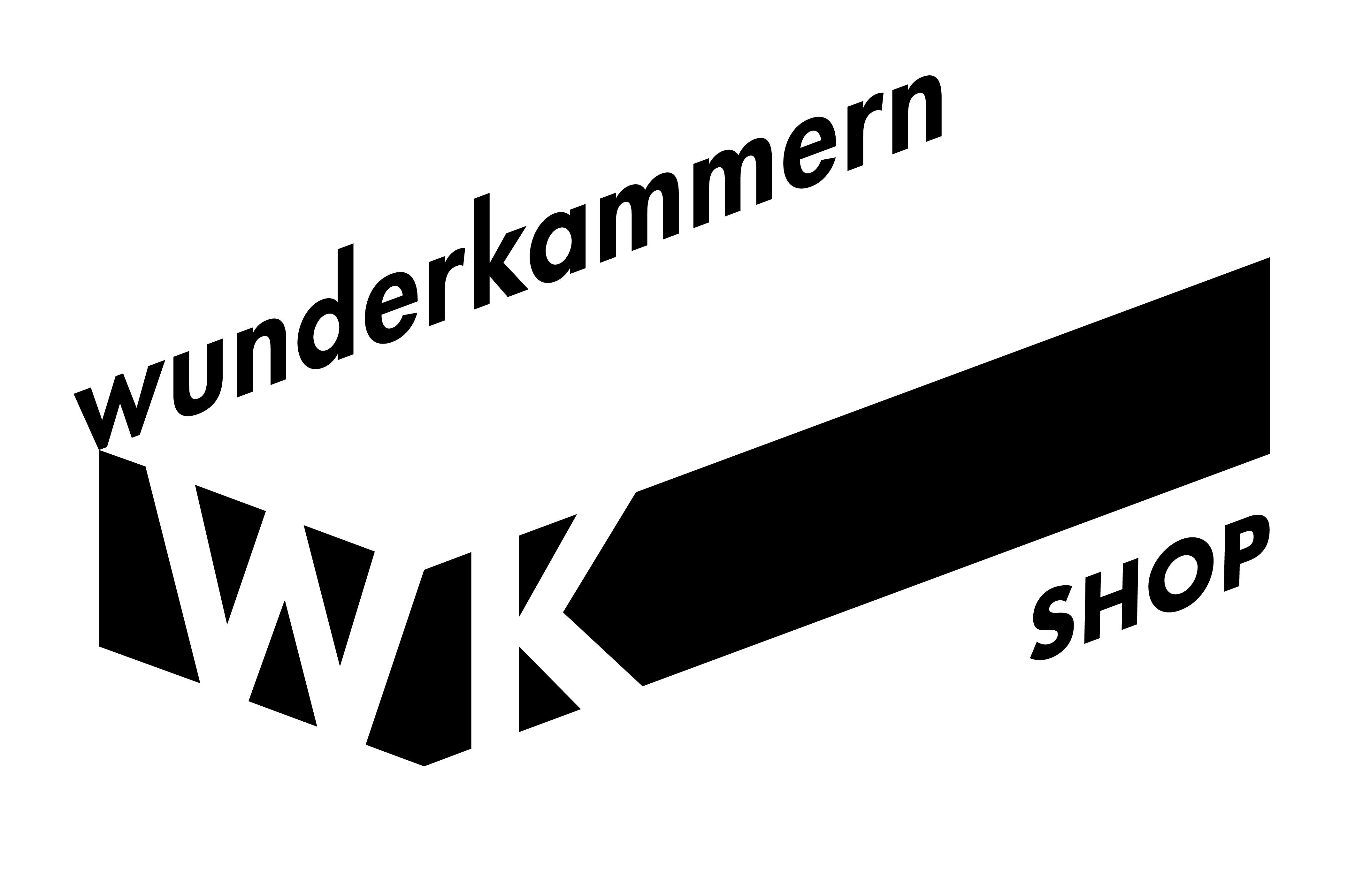
Street art has always been an evolving form of artistic expression, capable of reflecting the social and cultural dynamics of its time. In recent years, the advent of digital technologies has introduced new creative possibilities, profoundly transforming the urban art landscape.
In this article, we will explore how digital is revolutionizing street art, analyzing the main innovations and their impact on artists and audiences.
The Integration of Augmented Reality in Street Art
One of the most significant innovations is the use of augmented reality (AR) in street art. Artists are leveraging AR applications to add interactive layers to their works, allowing viewers to have immersive experiences.
For example, by pointing your smartphone at a mural, you can view animations, additional information or even interact with the work in unexpected ways. This fusion of physical and digital art expands expressive possibilities and engages audiences in deeper ways.
Digital Murals and Interactive Projections
The use of digital projectors has enabled the creation of temporary and dynamic murals. These projections can transform entire building facades into animated canvases, with images that move and change over time.
In addition, some installations involve the direct interaction of the public, who can influence the work through movement, sound, or mobile devices. This approach makes urban art more flexible and adaptable, allowing for continuous updates and immediate responses to contemporary events.
The Impact of Social Media on the Dissemination of Urban Art.
Social media have played a crucial role in the dissemination and enhancement of digital street art. Platforms such as Instagram, Facebook and TikTok allow artists to share their creations with a global audience, transcending geographic boundaries.
This has led to greater visibility for emerging artists and facilitated international collaborations. In addition, online sharing allows the public to discover and appreciate works that would otherwise have remained local, contributing to the democratization of urban art.
NFT and the Digitization of Street Art.
The emergence of non-fungible tokens (NFTs) has introduced new dynamics into the art world, and street art is no exception.
Urban artists are exploring the possibility of creating digital versions of their works, sold as NFTs on blockchain platforms. This offers a new source of income and recognition for artists, allowing them to monetize their creations in previously inaccessible ways.
However, this trend also raises questions regarding the authenticity, ownership, and accessibility of urban art in the digital context.
A Digital Future for Street Art
The convergence of street art and digital technology is redefining the boundaries of urban art, offering new creative opportunities and innovative ways to engage audiences.
From the integration of augmented reality to interactive projections, through the influence of social media and the advent of NFTs, digital is profoundly transforming the way urban art is created, perceived, and shared.
It is crucial for art enthusiasts and professionals to stay abreast of these evolutions in order to fully understand the potential offered by the fusion of art and technology.




 Register
Register
